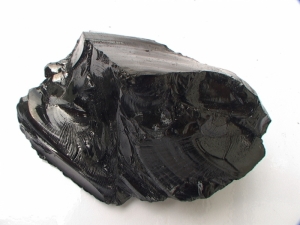Elements:
An element is something made up of the same type of atoms (atoms with same no. of protons, neutrons and electrons). For example: Gold is only made up of gold atoms and there are not any other atoms in it. So, it is an element. More examples include: Hydrogen, Carbon & Iron etc.
In old ages, it was believed that fire, water, earth and wind etc are elements. But, it has been proven wrong. Then later, only 9 elements were known which are carbon, gold, silver, mercury, tin, copper, lead, iron and sulfur. It was believed that elements can't be broken down into simpler things by simple ways. Until the 19th century, 63 elements were known. Now, 120 (not 118) elements have been found, out of which 92 are natural and 24 are made by scientists in labs. Modern definition of elements is that "Elements are things made up of same types of atoms having same number of protons and they cannot be broken down into simpler things by simple ways." Elements are found in different quantities throughout the universe. For example oceans contain 86% oxygen.
States:
Mostly, elements may be solids, liquids, gases or plasma. These are the 4 main states of matter. They will be discussed later. There are many more states of matter. See: State of matter Most elements are solids, some are gases and a few are liquids. 103 are solids, 9 are liquids and 11 are gases. More elements have yet to be found or made.
Types:
There are 3 types of elements: Metals, Non-metals and Metalloids. 80% elements are metals. The concept of gaining and losing electrons shall be discussed later. Metals are electropositive i.e they lose electrons, non-metals are electronegative i.e they gain electrons and metalloids have some properties of metals and some of non-metals. Metals are malleable i.e if hit by a hammer, they expand. They let electricity flow through (good electricity conductors). They are not brittle (they don't break into pieces if hit by a hammer.) Metals are shiny i.e, They reflect light. (How? Discussed later.) Also, they are ductile meaning they can be made into wires. Non-metals are brittle and don't let electricity flow through (bad conductors of electricity). They are not malleable and ductile. Metalloids have properties in between metals and non-metals.
 |
| Gold |
 |
| Carbon |
 |
| 4 states of matter |
No comments:
Post a Comment